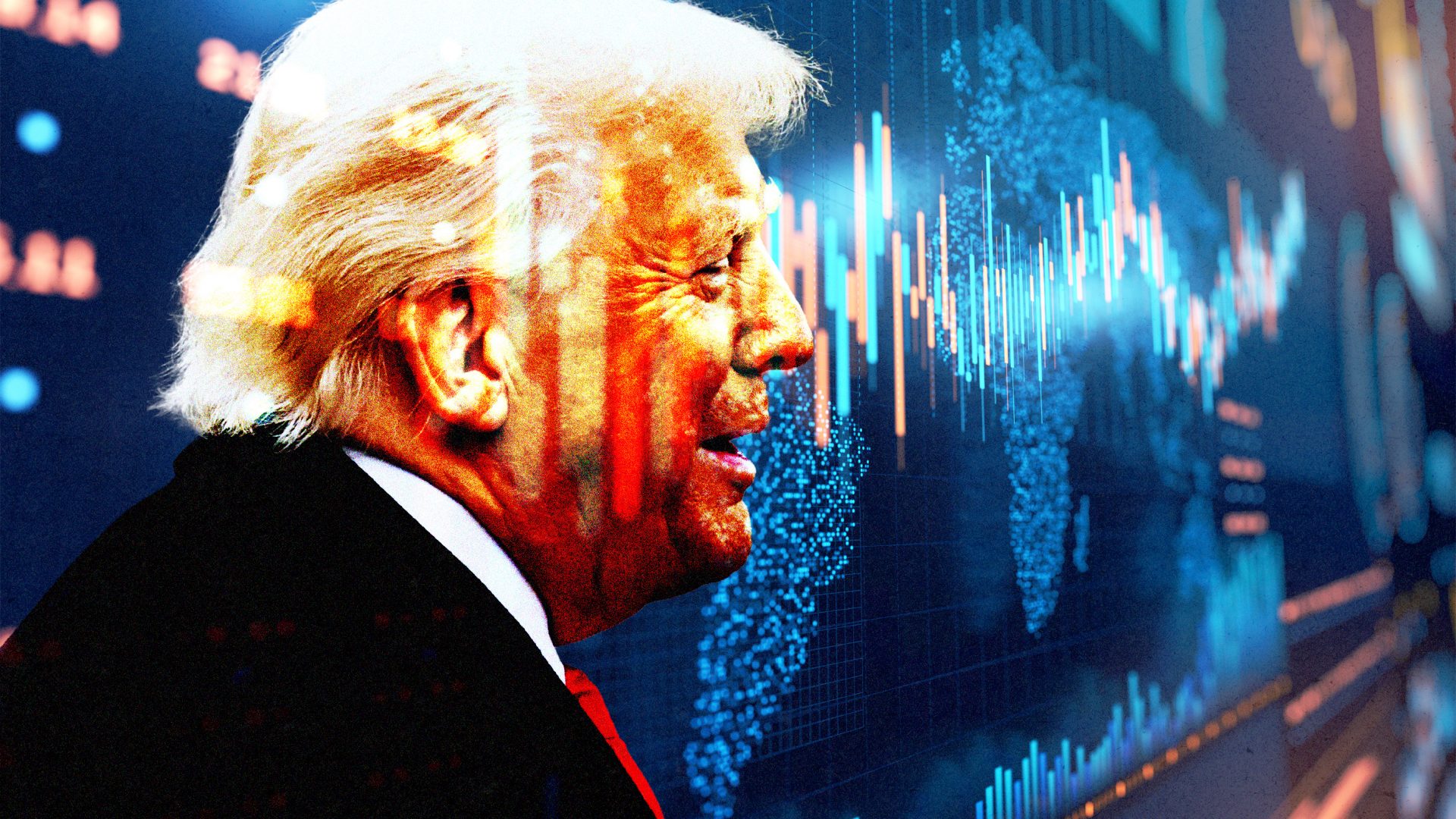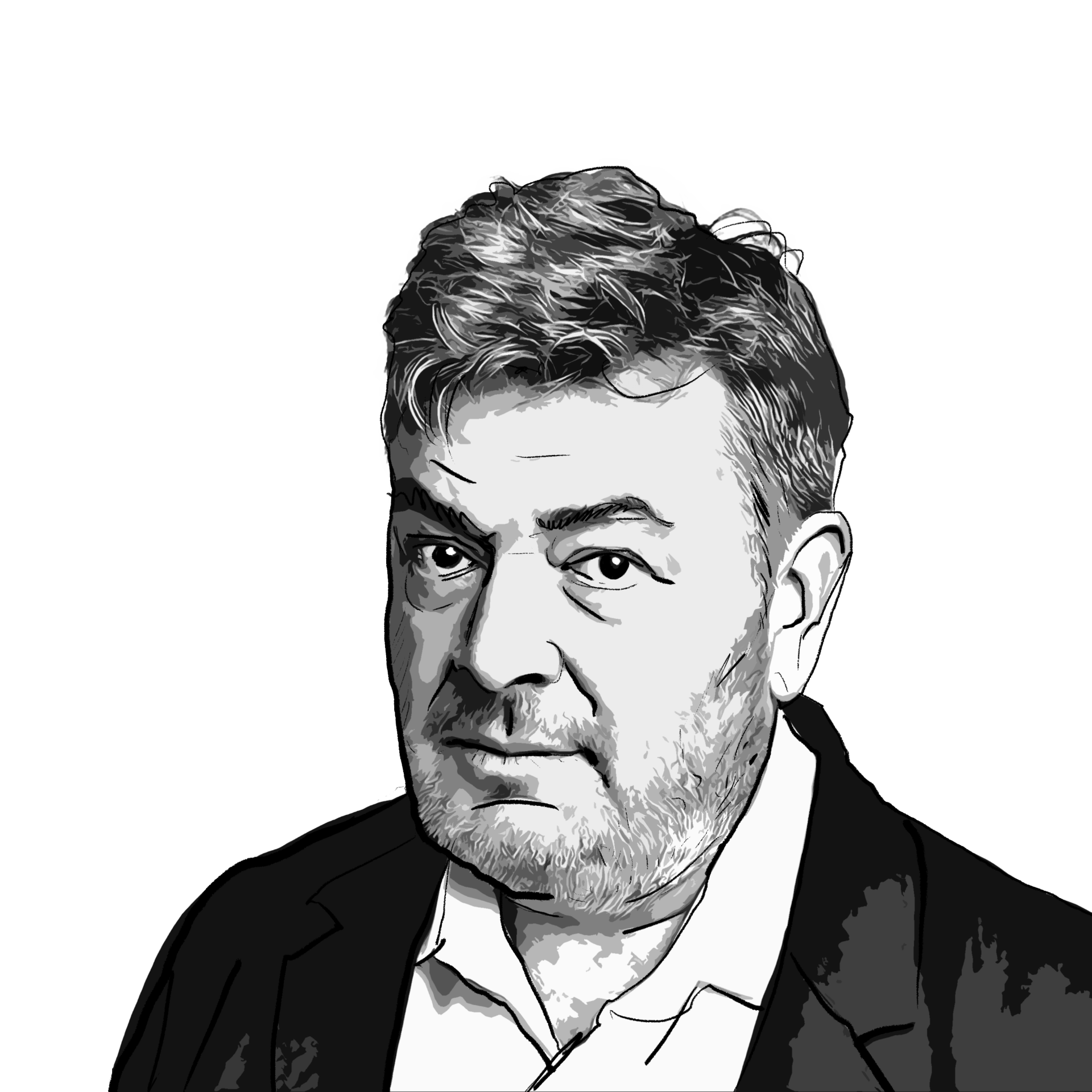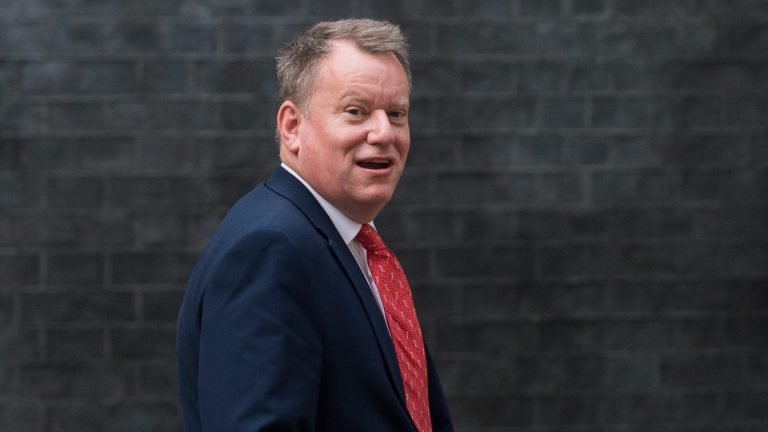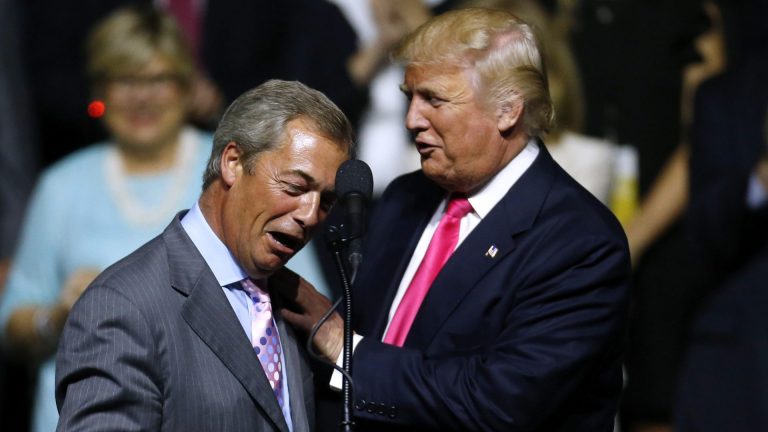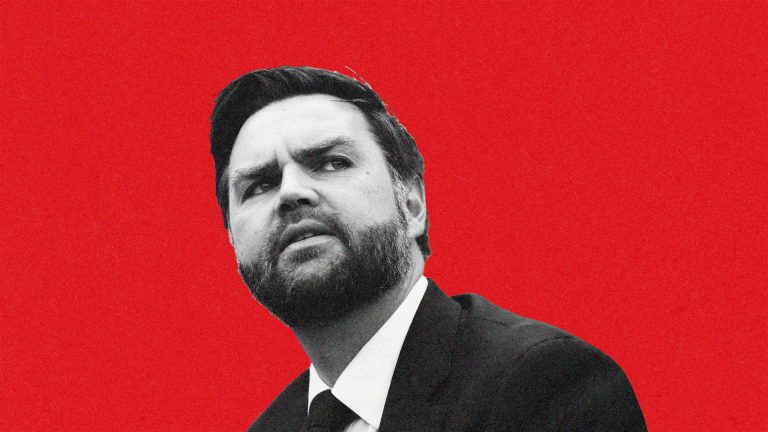Donald Trump’s tariffs have done what everyone who took him seriously on the topic – fewer people than it should have been – warned they would: global markets have been in freefall.
Some markets have seen their worst days of the 21st century, and the worst might still be to come: there is still widespread belief among many trading desks that Trump does not actually intend to enforce tariffs at the level he announced on April 2.
No matter how many times Trump or White House officials insist he means it, markets want to believe he does not, perhaps because they simply don’t want it to be true that we’re likely to see an absolutely unnecessary global recession this year. But that desire is making markets behave very erratically, with extreme volatility.
Nowhere was this more obvious than on Monday afternoon. For a short time, markets became convinced that Trump was going to ‘pause’ his tariffs for 90 days, and there was a huge global recovery. By some measures, stocks and shares recovered $6 trillion – that’s $6,000 billion – of value on the back of that news. The problem was that it wasn’t true.
‘Trump will do what Trump will do’.
The exact reason for the rumour still hasn’t been pinned down, but some people were very sure it was a deliberate market manipulation operation, or even a Russian disinformation operation, or else that it was the fault of one particular account on X. What we can pin together of what happened is a little bit stranger.
One of Trump’s most senior economic advisors, Kevin Hassett, did an interview on Fox News shortly before 8am Eastern time in the US (all times to follow are in that time zone), in which he was asked whether Trump was considering a 90-day pause. His answer was a fairly standard brush-off in which he said something along the lines of ‘Trump will do what Trump will do’. At the time, it did nothing to move markets.
But around 9.45am, there was a small rally in several markets, which accelerated by 10.09am. Two minutes later, a blue tick X account with around 600 followers, @yourfavorito, posted an all-caps message that looked like it came from a news wire saying that Hassett had announced Trump was “considering” a 90-day pause.
Two minutes after that, at 10.13am, the much larger “Walter Bloomberg” account – which has nothing to do with the actual financial news provider Bloomberg – posted the exact same message to X. Both of them claimed to have got the news from Reuters, though neither showed an earlier time-stamped post from Reuters showing that.
This is when things really got motoring. The closely-scrutinised financial news channel CNBC read out the Hassett news as a “headline” – they didn’t say from where – and said they were trying to corroborate it. Within a few minutes, a small independent newswire called Benzinga had flashed the news, and it appeared on Bloomberg’s financial software platform as an update from them two minutes later.
The markets are acting on what they want to be true much more than they are acting on what’s actually happening.
The Walter Bloomberg account has been accused of manufacturing a fake headline to manipulate markets, and has not been able to corroborate what it claimed to be the original source of the information – first attributing it to Reuters, and then to a note circulating trading desks. But markets were moving before that account posted the information, suggesting it is not a simple “fake news” story.
The financial press then briefly ran with what turned out to be an almost totally baseless rumour anchored on a total misinterpretation of an anodyne TV interview answer. Within minutes, the rumour had been disproven – instead of changing course on tariffs, Trump instead announced much heftier tariffs on China – and the rally disappeared.
But the whole frenetic flurry is revealing of one thing: the markets are acting on what they want to be true much more than they are acting on what’s actually happening. Trump spent months in the run-up to the election saying he wanted to introduce huge tariffs, trailed them heavily, and announced them in a huge public TV broadcast.
It took markets days to absorb that this officially announced policy was real – and they still haven’t moved as much as they would if they believed it. Whereas all it took to create a six trillion-dollar recovery was unconfirmed reports sourced to a Trump advisor that he was “considering” a temporary reprieve to the tariffs. That’s at best third-hand reporting of the news.
That’s bad news for anyone who thinks markets are rational. It also shows what strange political territory we are in, though. Markets are always volatile during crises, partly because traders are jittery, but more significantly because political decisions have major immediate impacts over which companies will survive and which won’t.
But the 2008 financial crash had a real cause that wouldn’t change: no-one could have turned around overnight and saved the American subprime mortgage market, no-one could have reversed the fact they’d been bundled up and sold as top-quality AAA debt, or that banks were underwater as a result.
The choices politicians made to respond to that real crisis decided which banks would survive and which would not – and so moved markets a great deal – but no single politician could have ended the crisis altogether. Covid caused major market ructions, but it was a global pandemic with accompanying restrictions on people’s ability to work, to travel, and more.
Market crises are usually preceded by real-world events. This time is different: there’s an economic crisis on the kind of scale which usually signifies a huge underlying problem, but it’s entirely man-made, and by one man – Donald Trump. Behind him is a coterie of advisors cheering on the policy for various deluded reasons, and a Republican Congress with the power but not the willingness to stop him. But it remains true that Trump could stop this with a single social media post.
That’s something new – but it’s Donald Trump who is to blame, rather than X’s useless new verification system or the possible attempts of people to manipulate markets at a time of huge tensions. We do not usually have US presidents who intentionally tank global markets for incomprehensible reasons. For so long as we do, the markets will continue to behave very weirdly indeed.


